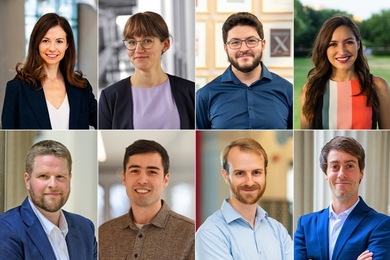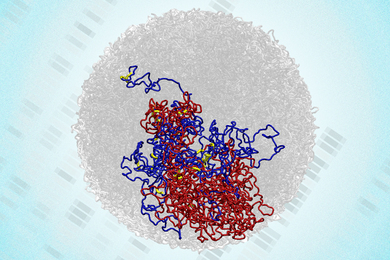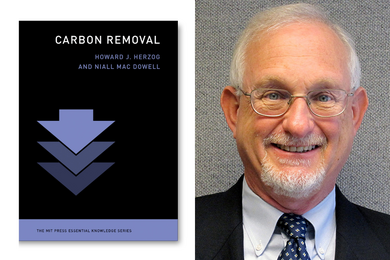MIT Professor Emeritus of Chemistry William H. Orme-Johnson, heralded for his four decades of contributions in the field of inorganic biochemistry, died Jan. 1 after a long illness. He was 68.
"Bill (called by all, O.J.) was a giant in the field of bioinorganic chemistry," said JoAnne Stubbe, Novartis Professor of Chemistry and professor of biology. "Contributions that his lab made in the mid '70s set the stage for many of the experiments carried out by the bioinorganic community today."
A native of El Paso, Texas, Orme-Johnson received his B.S. and Ph.D. from the University of Texas at Austin. He was a member of the biochemistry faculty at the University of Wisconsin at Madison for 15 years.
In 1980, Orme-Johnson joined the MIT faculty in the then-relatively new research area of biological chemistry; he was an MIT professor of chemistry for the next 18 years. Much lauded for his research, Orme-Johnson coauthored 69 papers in professional journals and held a patent on a scientific procedure.
"Orme-Johnson was one of the first groups to apply rapid freeze quench methods with analysis using electron paramagnetic resonance spectroscopy to study metal-based radicals and organic radical intermediates in many enzymatic reactions. He was the first lab to apply ESEEM (electron spin echo envelope modulation) spectroscopic methods to map out the active site of steroid cytochrome P450 systems using deuteriated steroid substrates," Stubbe said. "He was one of the first to realize that complex bioinorganic cofactors were assembled by complex biosynthetic pathways."
In 2002, the Journal of Inorganic Biochemistry published a special issue dedicated to Orme-Johnson in recognition of his contributions. The articles were written by Orme-Johnson's former students and collaborators and included an appreciation written by Jack Peisach, professor in the Department of Physiology and Biophysics of the Albert Einstein College of Medicine.
"Bill was a wonderful colleague and great contributor to the field of bioinorganic chemistry. His physical studies of metalloproteins, nitrogenase in particular, were very important contributions. It was always inspiring to discuss science with Bill," said Stephen J. Lippard, Arthur Amos Noyes Professor of Chemistry, who co-taught bioinorganic chemistry classes with Orme-Johnson for many years.
For nine years, Orme-Johnson served as a housemaster at Bexley Hall, and he was active in the Institute on Religion in an Age of Science, a non-denominational, independent society that works for a positive relationship between science and religion.
"Bill was an extraordinary scientist, a wonderful friend and colleague and a great housemaster to the students in Bexley Hall,'' said John M. Essigmann, MIT professor of toxicology and chemistry.
In 1992, Orme-Johnson taught an MIT Independent Activities Period class, "Applied Chili Chemistry," that was so enthusiastically received that a second section was formed. "He was widely enthusiastic about science and was a great people person," Stubbe said. "Bill was a very strong supporter of young scientists and a champion of my cause, which I much appreciated. He had a great sense of humor, a great drive and broad knowledge about just about everything."
Orme-Johnson is survived by his wife, Carol, a former MIT assistant dean, of Cambridge; three daughters, Ruth Orme-Johnson and McGhee Orme-Johnson of Cambridge and Dolly Orme-Johnson of Philadelphia; and brother and sister-in-law David and Rhoda Orme-Johnson of Seagrove Beach, Fla.
A memorial service was held Jan. 6 at First Parish Unitarian Universalist in Arlington. Contributions may be made to the Alzheimer's Association Massachusetts Chapter, 311 Arsenal St., Watertown, MA 02472.
A version of this article appeared in MIT Tech Talk on January 10, 2007 (download PDF).





